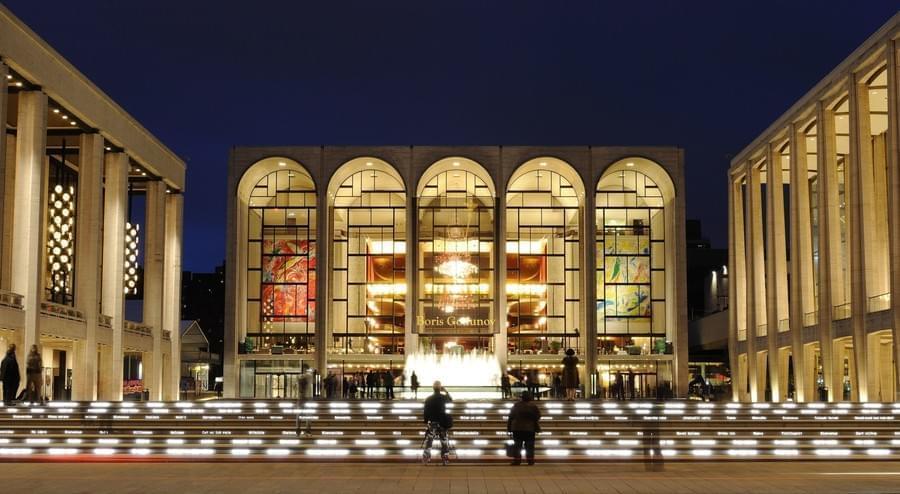Le Nozze di Figaro
Music by
W. A. Mozart
Cast
| Figaro | Erwin Schrott | |
| Susanna | Lisette Oropesa | |
| Countess Almaviva | Hei-Kyung Hong | |
| Count Almaviva | Michele Pertusi | |
| Cherubino | Anke Vondung |
Philippe Jordan
ProductionJonathan Miller
Set DesignerPeter Davison
CostumesJames Acheson
LightingMark McCullough
ChoreographyTerry John Bates
About
The Marriage of Figaro continues the plot of The Barber of Seville several years later, and recounts a single "day of madness" (la folle giornata) in the palace of Count Almaviva near Seville, Spain. Rosina is now the Countess; Dr. Bartolo is seeking revenge against Figaro for thwarting his plans to marry Rosina himself; and Count Almaviva has degenerated from the romantic youth of Barber into a scheming, bullying, skirt-chasing baritone. Having gratefully given Figaro a job as head of his servant-staff, he is now persistently trying to obtain the favors of Figaro's bride-to-be, Susanna. He keeps finding excuses to delay the civil part of the wedding of his two servants, which is arranged for this very day. Figaro, Susanna, and the Countess conspire to embarrass the Count and expose his scheming. He responds by trying to compel Figaro legally to marry a woman old enough to be his mother, but it turns out at the last minute that she is really his mother. Through Figaro's and Susanna's clever manipulations, the Count's love for his Countess is finally restored.
Reviews
Pratfalls at the Palace, Upstairs or Downstairs
As his fiancée, Susanna, Lisette Oropesa was a dynamo: her singing had a bell-like purity and enviable agility; her stage presence was magnetic.None— Steve Smith • New York Times
Performance History
Lisette has given 37 performances as Susanna.


